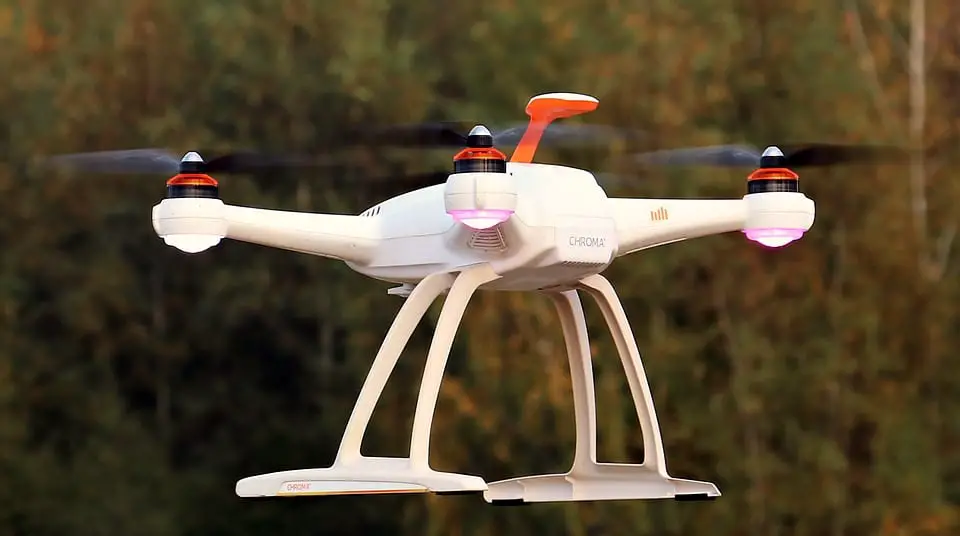
Could hydrogen fuel cells keep drones flying longer?
October 3, 2018Drones are awesome because they can fly around and change the world, as long their batteries last, but what if that problem could be solved?
Unfortunately, the short life span of drones’ lithium ion batteries is one of the biggest drawbacks of this technology. Since adding more batteries would only weigh the drones down, the solution to improve their power could be found in the form of hydrogen fuel cells.
How could hydrogen help?
Hydrogen is indeed the most abundant element in the universe, and unlike a regular battery, a hydrogen fuel cell does not store power. Instead, it uses chemical reactions to generate electricity. Hydrogen fuel cells produce electricity by combining hydrogen and oxygen from water and energy. Environmentally friendly, hydrogen fuel cells produce only water as a by-product. That is happy news for the planet!
More good news is that the flexibility and robustness of hydrogen fuel cell-based hybrid power systems in drones is still improving, as hydrogen power provides greater range and endurance in comparison with existing small electric unmanned aircraft.
Why isn’t the use of hydrogen fuel cells more popular?
Several reasons explain why the use of hydrogen fuel cells to power drones is not so popular yet. Firstly, lithium-ion technology has in fact improved over the past decade. Secondly, switching to a completely new method of powering drones would require extensive work in changing the current technology, which sounds time consuming and would not necessarily mean that every user would change their ways.
Also, being eco-friendly does not seem to be a concern for every drone user or everyone on earth for that matter. Sad and frustrating, but true.
Hydrogen fuel cells have been known to generate a lot of heat when operating. This could be  hazardous for drones, which are mostly made of plastic. Drones are not cheap; therefore melting by hydrogen fuel cells is not an acceptable outcome.
hazardous for drones, which are mostly made of plastic. Drones are not cheap; therefore melting by hydrogen fuel cells is not an acceptable outcome.
At the moment, although hydrogen technology is certainly improving, it’s still not ready for large-scale rollout. Hopefully, the ongoing testing and improvements will help hydrogen powered drones become more competitive with the lithium ion market.



 With over 15 years of reporting hydrogen news, we are your premier source for the latest updates and insights in hydrogen and renewable energy.
With over 15 years of reporting hydrogen news, we are your premier source for the latest updates and insights in hydrogen and renewable energy.
Fuel cell in drones are interesting. I have some observations.
1.Fuel cell air-cooled type can dissipate much heat to atmosphere by surrounding air flow when drones are flying at height. So it would not melt plastic body.
2.H2 receiver tank is heavy if made of metal . Fiber body can be tested for less weight and rigidity.
3.Fuel cell heat can be converted into electricity by thermoelectric semiconductor device as an experiment.
Hydrogen fuel cell needs the discovery of the holy grail which is a cheap catalyst that can split water to hydrogen and oxygen at ambient conditions ( room temperature and one atmospheric pressure). Then this green and clean hydrogen has to be stored in a sheet roughly one feet square of say in a specially made Magnesium Hydride that can release hydrogen at or near room temperature.
The hydrogen fuel cells help to fly a drone which I didn’t know properly because I know that the Helium gas help to fly the airplane. Fuel cell vehicles use hydrogen gas to power an electric motor and so that it can work more powerfully. This brilliant content has really succeeded to describe accurately about the hydrogen fuel cells workability in the drone.